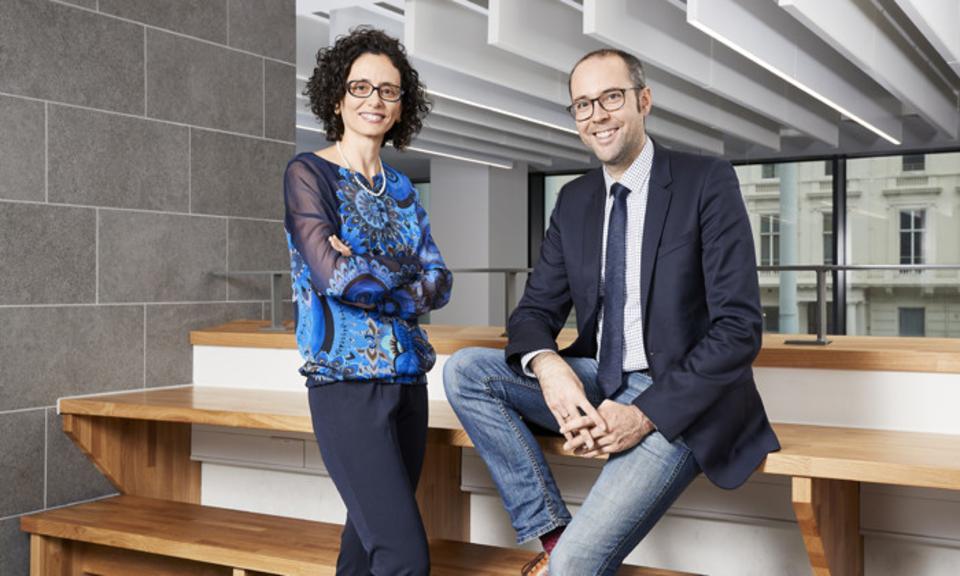
Written by
Published
Category
Key topics
‘Bootlegging’ – working on secretive underground innovation projects – is named after the practice of hiding alcohol in one’s boots. Today it’s found an unlikely home in R&D departments worldwide
No one asked for the Post-it note. It’s one of the best known examples of underground innovation. In 1968, an employee discovered the ‘wrong’ type of glue – it was cohesive rather than adhesive, and the project was abandoned. Despite the setback, the inventor continued working on this project ‘underground’ until six years later – and with help of a colleague – the idea emerged that the glue could be used for sticky notes.
Underground innovation, also called bootlegging, can be an effective way to develop radically novel ideas. But it does require a delicate balance of tolerance of individual creativity with the right levels of managerial oversight. It’s unlikely, for instance, that the next big thing to come out of Apple will be anything to do with ‘official projects’ aimed at improving the iPhone, iPad or the underlying technologies. Research and development teams at the company may be busy developing, say, better batteries or screens, but the design parameters of these projects are fixed and aligned with company strategy, and progress is strictly monitored. These projects, with tightly defined criteria, allow limited space for divergent and original thinking. The next big thing more likely will be an idea that’s come from the ‘bottom up’ and wasn’t on the official plan.
Yet, if we ask business students “Would you tolerate your employees working on the quiet on ideas of their own?” they almost always say “No” – they see this as risky behaviour. As an R&D manager, you’re in charge of and accountable for the budget; the very reason an R&D manager exists is to allocate budgets according to the strategic priorities of the firm – to make sure ideas staff are working on are ultimately valuable.
Ideas are developed ‘out in the open’, vulnerable to premature criticism that may lead to them being discarded before they have had a chance to mature
The more control you impose, the less space for creativity you leave the individual. But at the same time, we are scared of projects that run outside our control, sometimes beyond our knowledge. Give too much freedom and people will come up with ideas that don’t fit the strategy of the firm, or worse, waste time and resources. Give too little freedom, and ideas will lack originality and novelty. So how can firms manage this basic tension – how to find the sweet spot between freedom and control?
It’s a difficult balance. Nylon was famously invented when a Harvard chemist was lured in by DuPont in the early 20th century to work on his own ideas with a generous budget and a blank slate. But Google, for instance, has largely dropped its ‘20 per cent time’, which encouraged employees to spend 20 per cent of their time working on something other than their regular projects – reportedly because its workers couldn’t find the time. Recently, new GlaxoSmithKline chief executive Emma Walmsley vowed to stop the company “drifting off in hobbyland” – or stop researchers pursuing drugs with little prospect of hard cash behind them.
But our research shows individual employees often have moments of creativity when they develop their ideas beneath the company radar – they go underground, and pursue their own projects, regardless of whether these are aligned with company strategy. They are convinced they are on to something, but they don’t want to go public until they have done the necessary research.
It’s unlikely the next big thing to come out of Apple will be anything to do with ‘official projects’ aimed at improving the iPhone, iPad or the underlying technologies
Why is this? Probably because they feel free to operate without fear of being overseen or facing reprisal if their efforts come to nothing. They haven’t got a manager looking over their shoulder asking how their work is coming along. They might be pursuing an idea the company has decided to drop because it was judged as not worth it – the ‘low-tack’ adhesive that led to the Post-it note – or they might be developing ideas that don’t seem to have a place in the company strategy but which they believe have legs.
We’ve conducted our research in a science-led company where employees are inspired to push the boundaries of discovery. This might not be typical of all sectors, but somehow – perhaps it’s because the ideas that emerge are pushed through by people who tend to be particularly motivated – they are often successful. You have to be inspired to put the effort in outside ‘official projects’, and take the risk to go against formal organisational rules and procedures.
The more control you impose, the less space for creativity you leave the individual
Bootlegging, which by its very nature is self-starting, is very different from other approaches firms use to enable radical innovation, such as setting aside free time for all employees to work on their own ideas for part of the working week. It is also different from a ‘pyramid’ approach, where the bulk of the R&D budget is allocated towards low risk incrementally novel projects and a smaller amount on projects that are deemed to be more radically novel but higher risk. Some companies offer small amounts of seed funding, which employees can bid for in order to develop their own ideas. Yet, although both the pyramid approach and seed funds may enable innovation, ideas are developed ‘out in the open’, vulnerable to premature criticism that may lead to them being discarded before they have had a chance to mature.
How best to support innovation is one of the greatest challenges companies face. Although, from a manager’s point of view, a lack of control over bootlegging projects feels deeply scary, tolerating the underground innovation efforts of highly passionate scientists ‘concocting’ new and often unusual ideas may be part of the answer. Giving creative staff the chance to develop such ideas to a level where they can withstand managerial criticism is critical if an organisation wants to push innovation beyond mere progress along expected lines.



